As a business owner, you've invested a lot of money, time, and effort to gain new customers. So it only makes sense to want to keep them.
That’s where a solid customer retention strategy comes into play. An effective strategy focuses on what keeps users returning to your product consistently and the value they're getting in your brand that they can’t get anywhere else.
So, how do you develop such a strategy that keeps your current customers happy and engaged? We'll cover all there is to know about customer retention and give you seven tips to help you retain your clients effectively and build stronger customer relationships.
What is customer retention?
Customer retention is a metric that shows how good a business is at keeping its existing clients over time. It also predicts or reflects engagement, repurchase behavior, and customer satisfaction.
Customer retention works hand in hand with customer acquisition to help your business increase recurring revenue.
While customer acquisition focuses on getting new customers to scale the business, customer retention focuses on keeping those customers and converting them into repeat buyers. So customer retention and acquisition are both crucial to the long-term success of your business.
How do you calculate customer retention rate?
You can use the following formula to calculate your customer retention rate (CRR):
CRR = ((E-N)/S) x 100
Where:
S = The number of customers you have at the beginning of the measuring period.
E = The number of customers you have at the end of the measuring period.
N = The number of customers you’ve acquired during the measuring period.
For example, say you have 150 customers at the beginning of the month. In that month, you lose 10 and gain 30 new customers. What will be your customer retention rate?
Customers at the start of the period (S) = 150
Customers at the end of the period (E) = 150 - 10 = 140
Number of customers acquired during the measuring period (N) = 30
CRR = ((E-N)/S) x 100
CRR = ((140 - 30) / 150) x 100%
CRR = 73.3%
That means your customer retention rate would be 73.3%.
Why is customer retention important?
It is crucial because acquiring a new customer is much more expensive than retaining an existing customer. Customer retention also boosts loyalty, increases ROI, and attracts new prospects through referrals and positive reviews. In fact, a 5% increase in customer retention can boost business revenue by 25%–95%.
Such stats show that it's crucial to dedicate as much time and resources to retain existing customers as it is to acquire new ones.
Here are more reasons why customer retention is essential:
- a high customer retention rate shows that your customers trust your brand and products;
- customer retention increases your sales and profits since longtime customers are more willing to try out your other products;
- happy customers are more likely to be your brand ambassadors and tell their friends and family about your company.
7 ways to retain your customers effectively
Now that we’ve seen why customer retention is essential, here are seven ways to retain your customers effectively:
1. Offer personalized customer experiences
Did you know that over 90% of customers are likely to spend more cash with brands that offer the personalized experiences they’re looking for?
No two customers are the same, and offering personalized customer service lets you treat each customer as an individual based on their unique behavior, attributes, and preferences.
It also helps you build deeper relationships with customers, making them more engaged with your business.
With that in mind, here are some ways to offer personalized customer experiences:
- always use the customer's name when communicating through email, live chat, or phone;
- humanize your conversations and provide excellent customer service to make people feel you're focusing on them and their issues;
- customize your services and products based on customers’ needs and preferences;
- offer special discounts or gifts to loyal customers to appreciate them for doing business with you;
- create seamless omnichannel experiences to keep the customer experience consistent.
2. Send regular newsletters to keep customers engaged
Newsletters are one of the most effective digital marketing tools since they help you communicate directly with your customers by delivering relevant promotions and valuable content straight to their inboxes.
It’s a superb way to boost customer engagement by helping the audience stay updated about your business and industry.
Newsletters are typically suited to entertaining and educating your recipients more than selling your products. A newsletter should feel more like an update from a helpful and exciting friend instead of a marketing message from a salesperson.
(Source: Sender)
But that doesn't mean you should only use newsletters to communicate with your subscribers.
Ideally, your newsletters should motivate subscribers to take action, such as:
- sign up for an upcoming event;
- read your most recent blog post;
- participate in a giveaway;
- purchase an item from your eCommerce store;
- take a look at a new case study.
3. Develop a strong onboarding program
With customer onboarding, you can nurture new users and help them get acquainted with your product or service.
A positive onboarding experience reassures customers they made the correct decision and helps you retain them in the long run. That’s why 84% of businesses favor onboarding programs as their primary customer retention strategy.
Customers can stop using your products for two reasons: they don’t understand the product, or they don’t get any value from it. But a strong onboarding program can solve these two issues.
With that in mind, create an onboarding program that contains the following:
- helpful guidance and support;
- step-by-step tutorials;
- knowledge base access;
- follow-up emails;
- celebratory emails to impress and excite new customers.
4. Add surprise and delight to your retention strategy
Imagine getting a push notification telling you that a special reward is waiting for you since it's your anniversary month. It would be an exciting experience, wouldn’t it? Your customers would also feel the same way if they came across such a surprise.
By incorporating surprise and delight into your retention strategy, you can create a solid bond with your customers and see an increase in customer engagement and purchase frequency.
Customers will be more inclined to repeat positive actions hoping to get more benefits, which keeps your business on top of their minds.
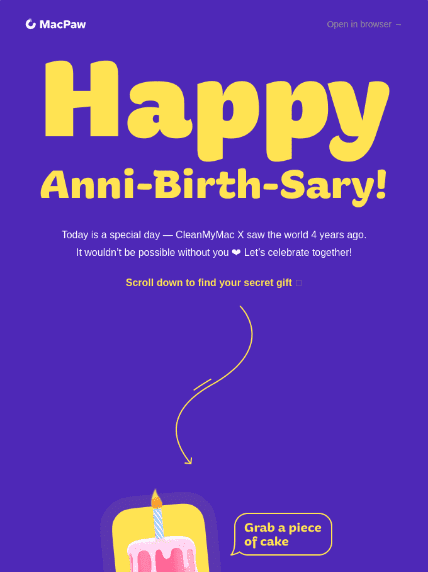
(Source: MacPaw)
So, review trending topics and customer conversations to fuel your surprise and delight marketing ideas. Pay attention to social listening trends to understand what's capturing your customers' attention.
For example, if your target audience is enthusiastic about a particular trend, it's probably a good sign to jump on board.
Here are some examples of how you can use surprise and delight:
- provide a free sample of your products;
- host an event;
- show customers that you care by offering them personalized assistance;
- send them a package of customized treats;
- send a gift to help customers celebrate a milestone.
5. Create a customer loyalty program
A customer loyalty program is a retention strategy that rewards customers who do business with your brand repeatedly.
The rewards can be anything you want to give to express gratitude for their business — awards, free products, point systems, exclusive access to new events, etc. In an increasingly crowded and competitive market, loyalty programs can help you stand out from the competition and encourage customers to interact with your brand more often.
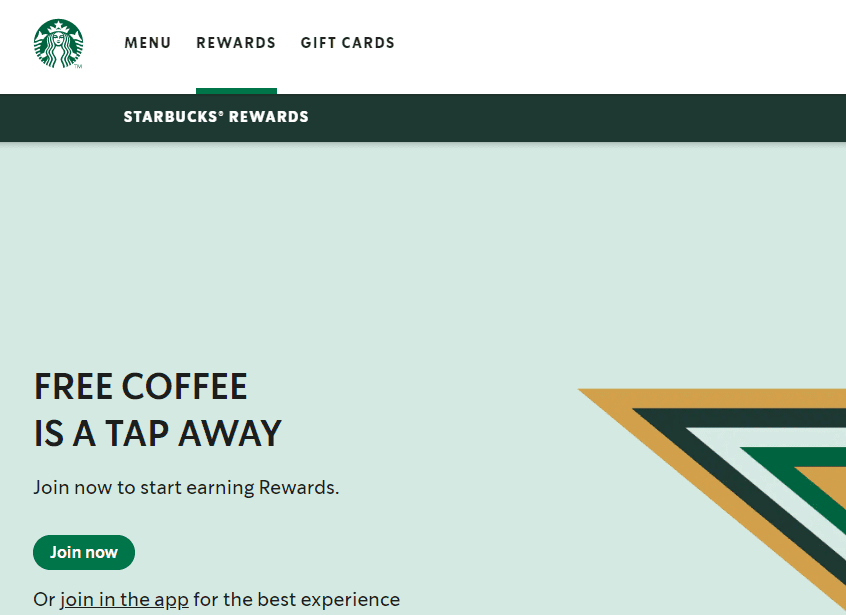
(Source: Starbucks)
In fact, 68% of customers would be willing to join a loyalty program of a brand they like to interact with. And 56% of people would be willing to spend more on a business they're loyal to even if cheaper options existed.
Here are more benefits of creating a customer loyalty program for your brand:
- it leads to more referrals from customers enjoying the benefits of your loyalty program;
- it helps you retain customers, which is more cost-effective than acquiring new ones;
- it can result in authentic user-generated content (UGC) from customers when you use the program to incentivize ratings and reviews on social media and websites.
6. Collect and implement customer feedback
Customer feedback is the insights and information your audience shares, highlighting their experiences with your brand, services, or products. This feedback can help you improve the customer experience and empower positive change in your company.
Collecting and implementing customer feedback is also an excellent way to keep your audience at the center of everything you do.
(Source: Sender)
There are many tools to collect customer feedback, but here are the most popular and effective ones:
- long form-based surveys;
- short in-app surveys;
- customer satisfaction score that indicates how satisfied a customer is with your service or product;
- exit-intent survey popup for visitors who are about to leave your website;
- AMP forms to submit feedback directly in emails.
7. Start a referral program
A referral program is a marketing strategy that encourages customers to promote your business on your behalf. It’s the primary source of brand discovery for 18% of Gen X consumers.
Instead of submitting customer feedback surveys or writing online reviews, referral programs allow customers to share their brand experience with family, friends, or colleagues through word of mouth.
As a result, customers will refer new leads that are a good fit for your brand. This makes it easier for your sales and marketing teams to nurture and engage them because the leads are familiar with your brand and its reputation.
As a result, you’ll be able to bring in new customers and encourage existing ones to stay loyal to your brand.
Wrapping up
There you have it. Seven strategies to help you retain your current customers effectively.
Remember that building customer loyalty and improving customer retention takes time and effort. So, make your customers’ lives easier by offering them excellent services, and they’ll likely become advocates for your brand.


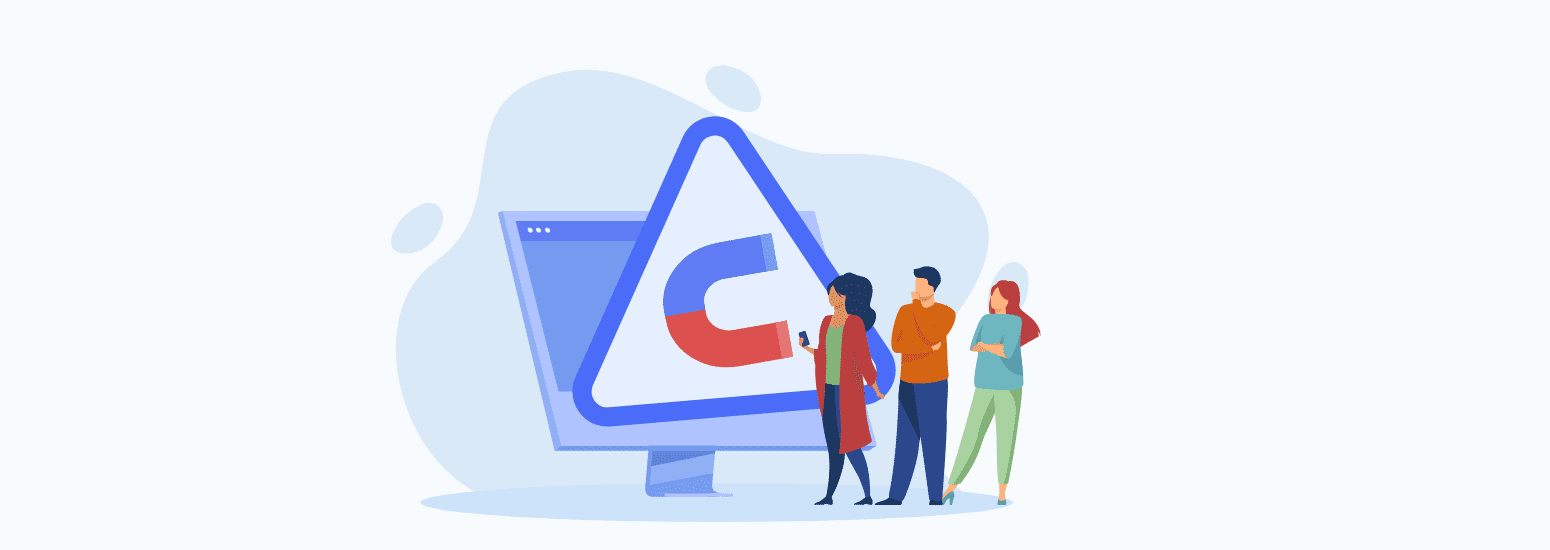
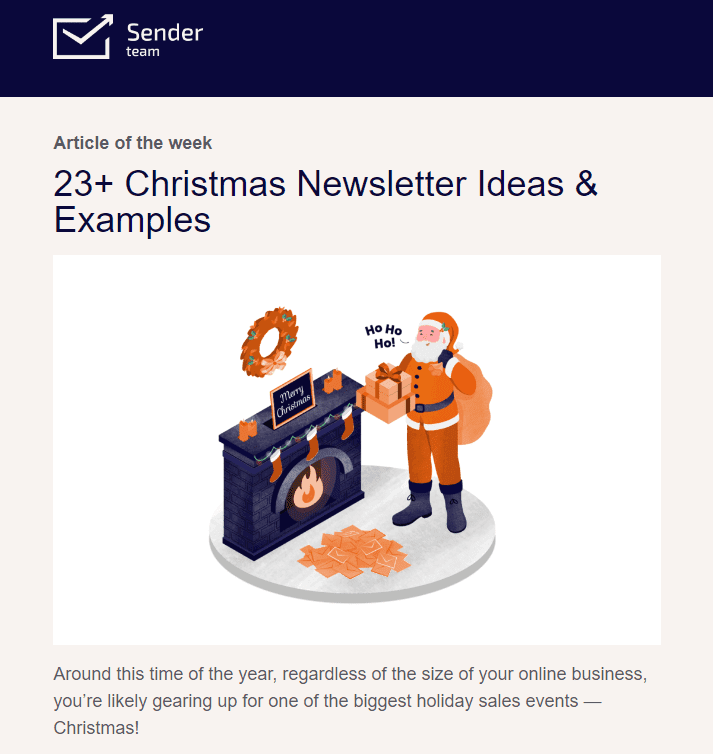
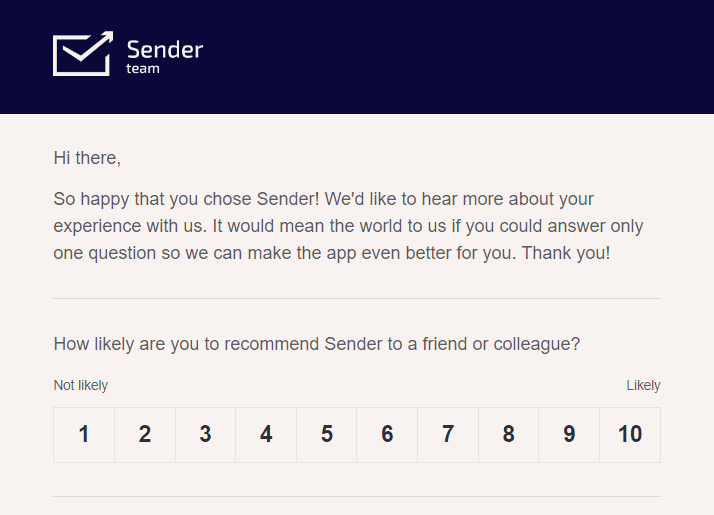


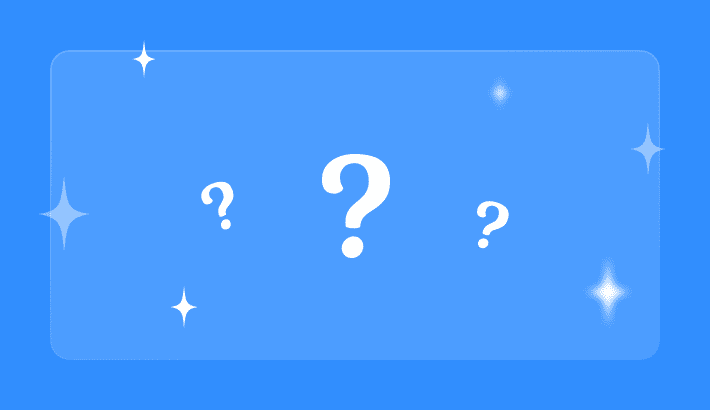

0 comments